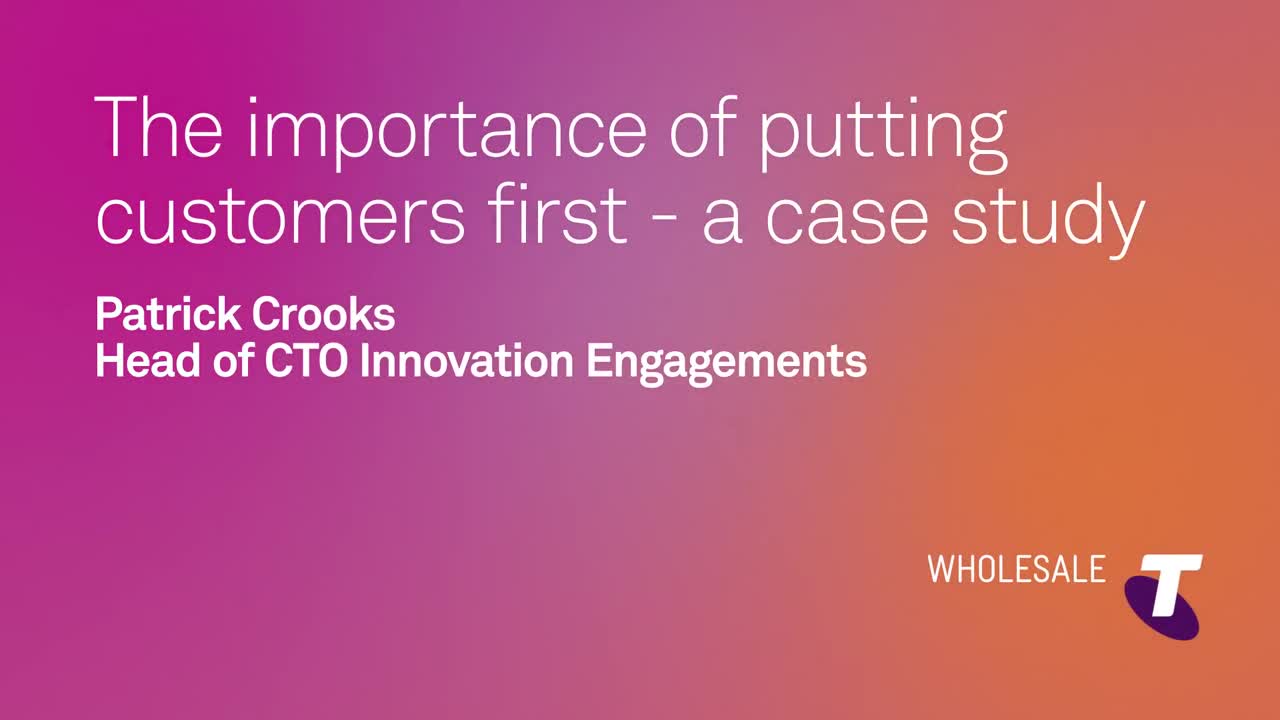How to spot disruptive growth opportunities for your business

Patrick Crooks, Telstra’s Entrepreneur-in-Residence, looks at what organisations can do to identify new business opportunities.
Success in business has always depended on the ability to move faster than the competition. Yet in today’s digital world it’s not always clear who the competition is; dominant players in travel, media and tourism have been dethroned by agile tech startups rather than their traditional industry rivals.
Keeping up against competition from all angles depends on the ability to spot disruptive trends and new growth opportunities. For many businesses that is easier said than done, but there are several ways to achieve it.
Look for disruption indicators
Developments in new technology, or a reduction in existing technology costs, often herald forthcoming disruption to business models. For example, the decreasing cost of cloud platforms has enabled smaller companies to leverage the technology and offer new services.
New technology also brings industries together in ways that were never anticipated, and which create opportunities. One only has to look at the effect that mobile technology has had on banking - and the growth of payment companies such as Stripe and Square to name just two - to see that there is immense potential when industries collide.
Businesses can also identify problems that are not being solved by looking at outliers within a market. While it may only be one sub-segment of customers suffering, the solution may still improve the experience of the whole community.
Design Thinking
Simply put, design thinking is putting your customer in the centre of your product or service development. It sounds obvious, but many businesses develop their offerings in isolation from their users, presenting them with completed products and services. Doing so risks them delivering what they think customers want, rather than what customers actually need.
The easiest way to avoid this pitfall is to get out of the office and spend time with your customers. Find out what their pain points and test your ideas on them to see if they fit the bill. If this approach is good enough for the US army, we should all take notice.
"One way to be the disrupter in a market is to examine the core problem facing the customer or user, and explore different ways to solve it", Patrick Crooks
Fall in love with the problem, not the solution
One way to be the disrupter in a market is to examine the core problem facing the customer or user, and explore different ways to solve it.
This approach is known as finding the ‘jobs to be done’ and helps to ensure you focus on the right issue. It contrasts with the traditional method of maintaining a competitive advantage by monitoring and adapting to existing competitors. Using the ‘jobs to be done’ mindset helps to identify opportunities even in seemingly unrelated sectors. Conversely, it also helps to give early warning of where new competitors might emerge.
Take for example an airline, which may view other operators as their primary competitors. However, their business is also affected by firms outside the industry. Video conferencing is one of the biggest competitors to airlines - especially those who cater to business travellers - because it offers a cheaper and quicker way to bring people together.
Challenging the norms
Critiquing the usual practices and features of an industry or company business model can provide a useful shortlist of possible avenues for disruption. Consider what most irritates customers and play around with models that might solve these frustrations. Many successful companies have used this method to create new business models and shake up sectors as diverse as car hire, foreign exchange, document administration and even space travel.
Whatever method you choose, build disruption into your corporate DNA
These methods can help you identify new opportunities to be the disrupter rather than the disrupted. Yet they need to be embedded deep into your organisation. Disruption is not a one-off and you need to ask these questions of your industry and your own business constantly so you can maintain your competitive advantage into the future.